Prince was born Prince Rogers Nelson on June 7, 1958, in Minneapolis, Minnesota. His parents John Louis Nelson (June 29, 1916; † August 25, 2001) and Mattie Della Shaw (November 11, 1933; † February 15, 2002) named him after his father's stage name " Prince Rogers". This with the wish that Prince could realize his dreams once. John Louis worked full-time at Honeywell International and as a jazz pianist with his band "The Prince Rogers Trio". Mattie Della Shaw was a jazz singer. They met in 1956 at a performance of John and married on August 31, 1957. She brought from his first marriage a son (Alfred Jackson) and he five children (John R., Lorna L., Sharon L., Duane, Norine) from his ex-wife Vivian. Less than two years after Prince's birth, his only full-term sister Tyka Evene was born on May 18, 1960.
Initially, the couple lived with seven children as a patchwork family in a large house in Minneapolis. There was John's piano, on which Prince himself learned to play the piano a little later. In 1965 they separated and on September 24, 1968 the divorce followed. Prince first lived with his mother, who had a new partner again since 1967, his name was Hayward Julius Baker. In October 1970, the two had a son together named Omarr Baker. Prince and his stepfather could not stand each other and there were constant quarrels, which is why Prince moved to his father in 1970, when he was 12 years old. Two years later, he also had to move out of his house because he didn't follow his father's rules. He was secretly seeing a girl. After this event Prince lived with his aunt who was a sister of his father.
In 1973 Bernadette Anderson took Prince into her home. Her son André Simon Anderson (later known as André Cymone) and Prince already knew each other from school, more precisely since 1965. Bernadette was also divorced and so they lived together for a while as a threesome. During this time Prince and André did a lot together. Among other things, they also learned to play guitar, electric bass, drums, keyboard and synthesizer. With a second cousin of Prince, they formed their first band called Phoenix.
Prince successfully completed his schooling at Central High School in June 1976 and moved into his first apartment of his own, in Minneapolis, the following December. He was 18 years old at the time. Prince played electric guitar and sang. The three young men changed the band first to Soul Explosion and then to Grand Central Corporation in 1974. That same year, Morris Day joined the band as a drummer. This is known as the later lead singer of the band The Time. The four of them covered songs of famous artists.

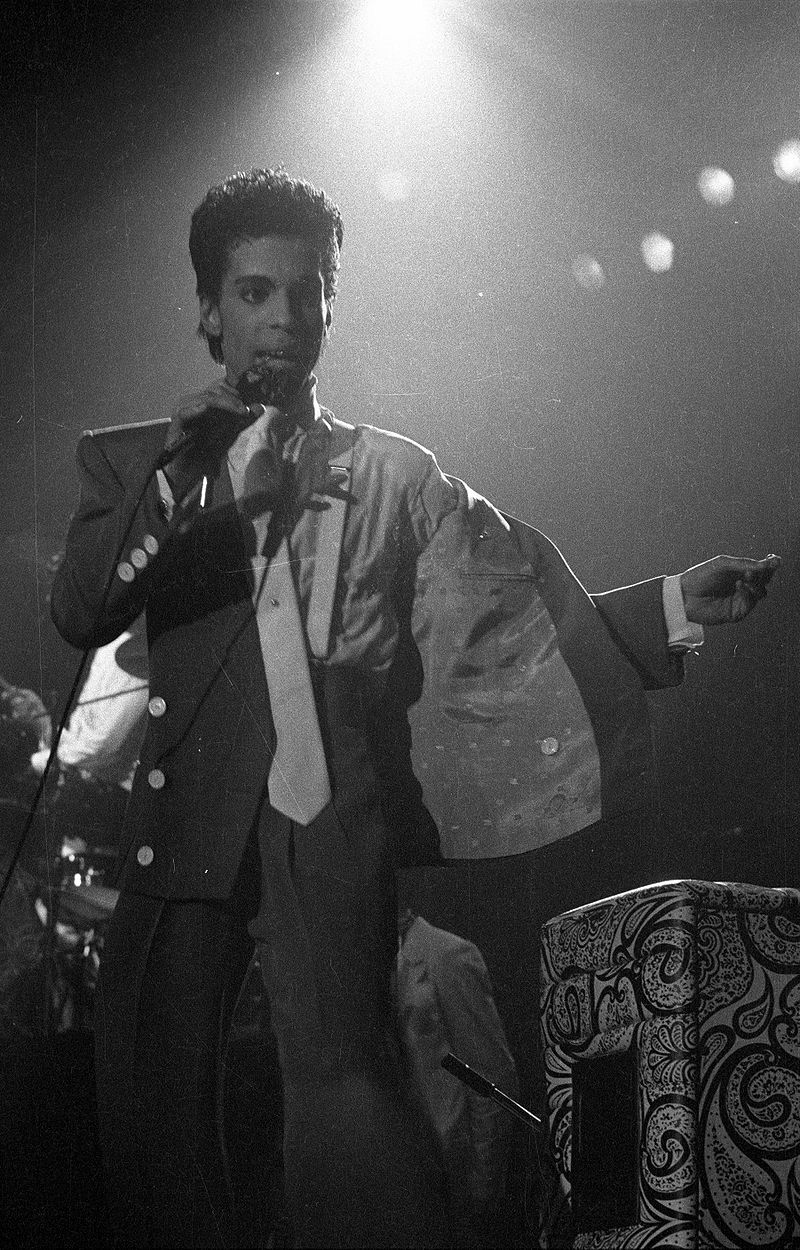

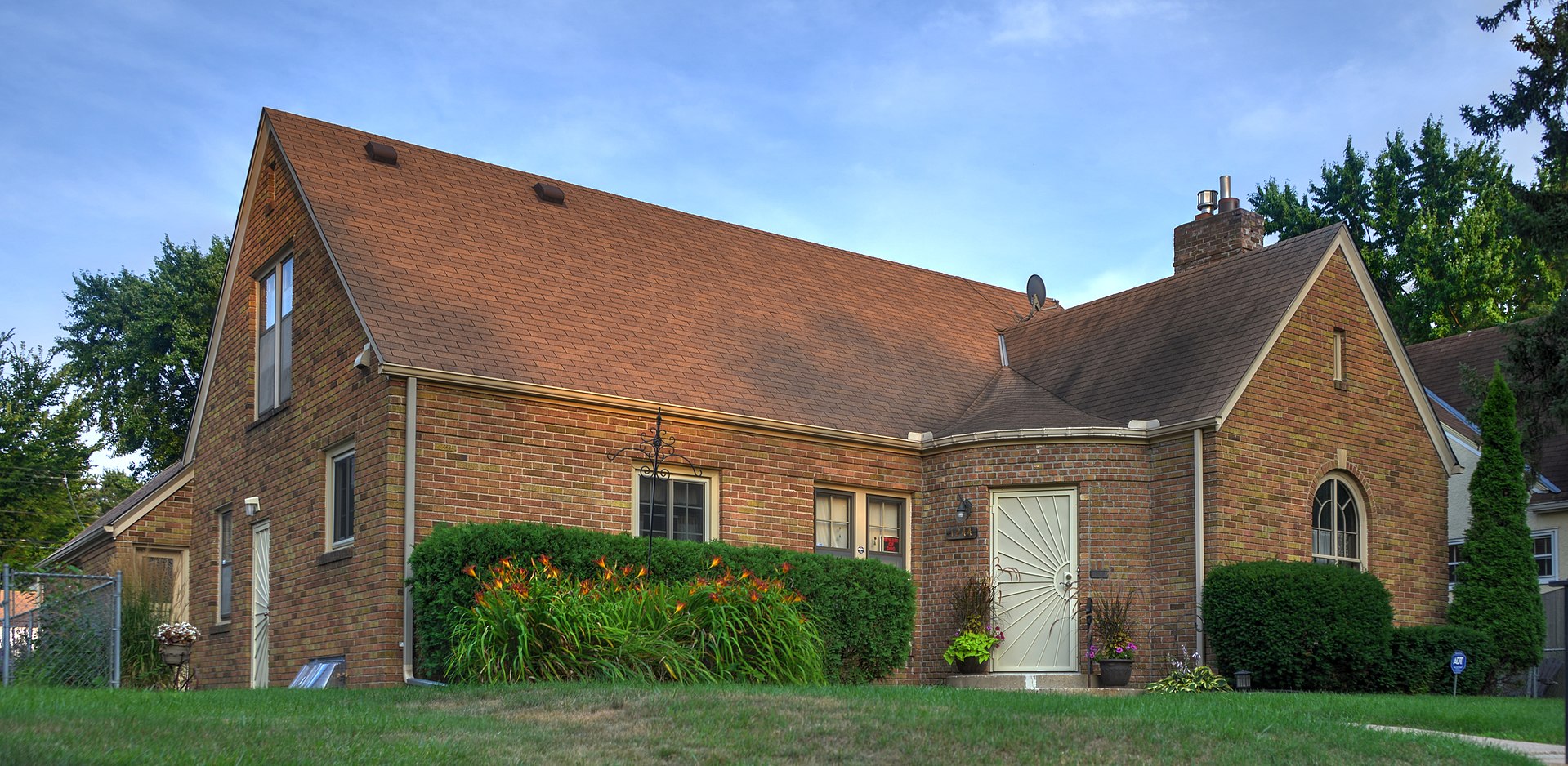

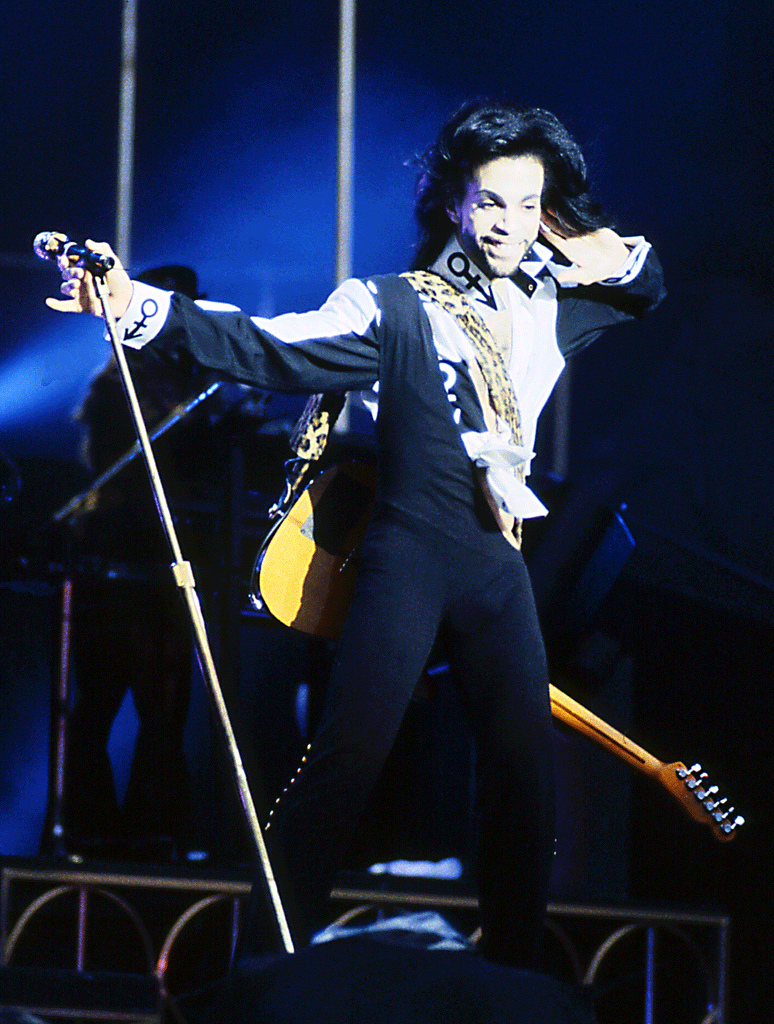
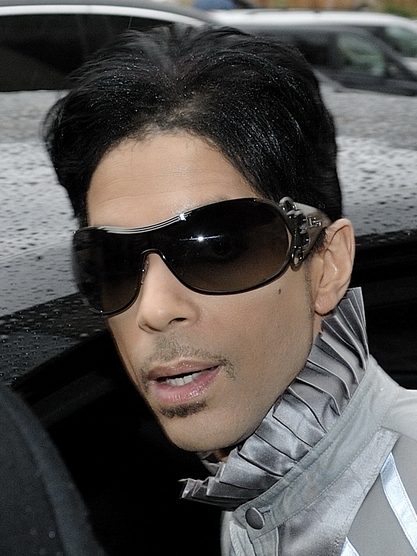
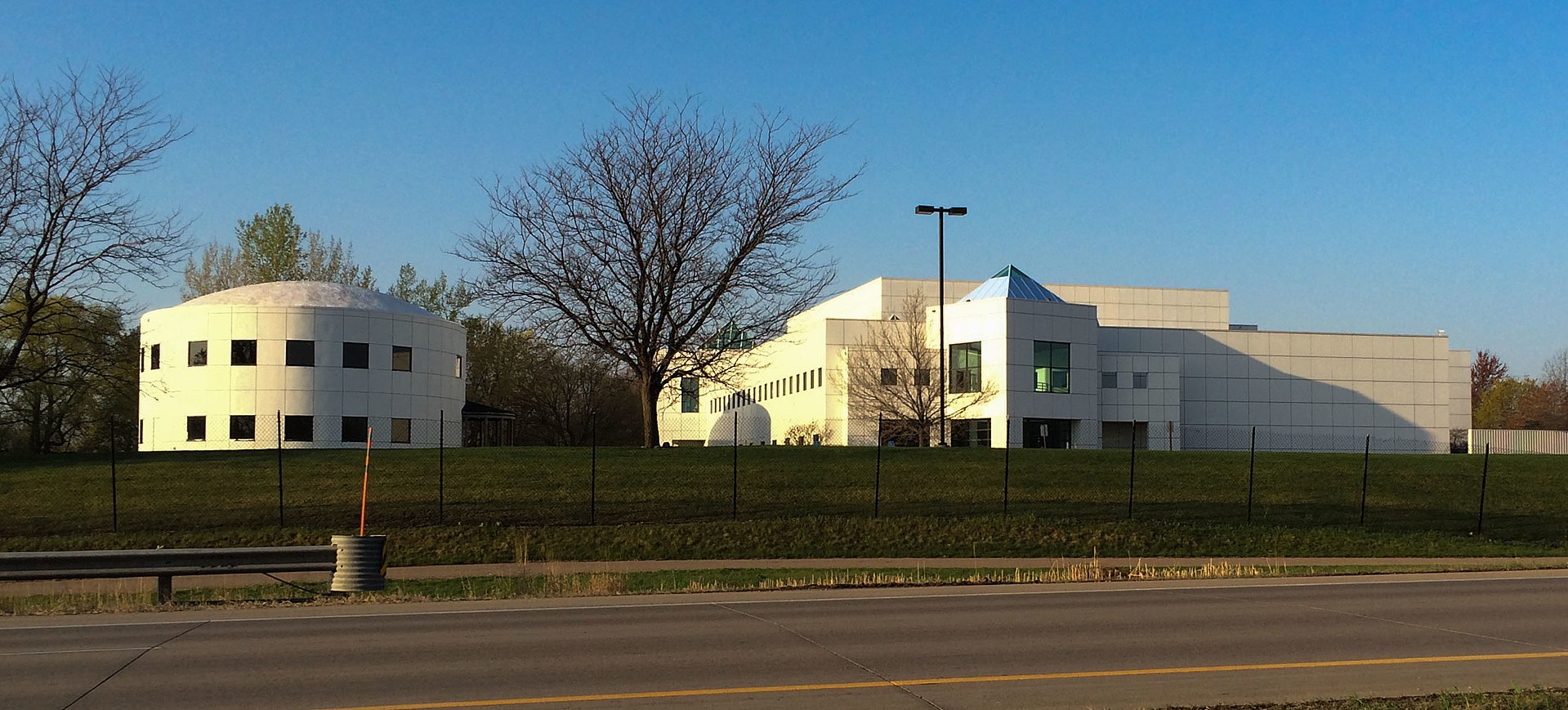
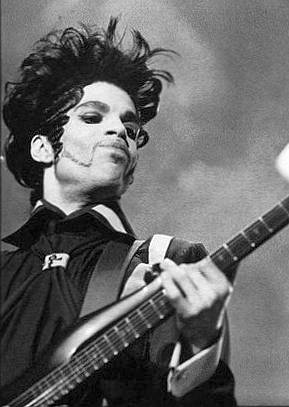
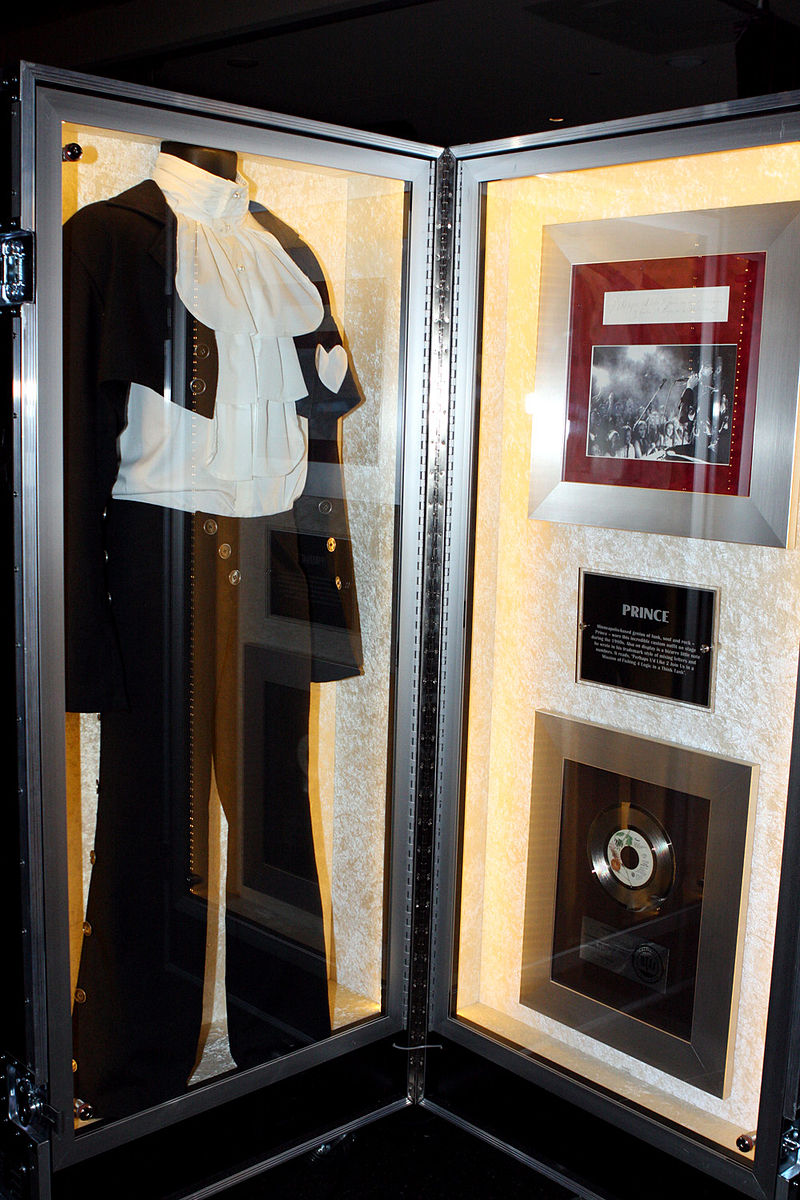
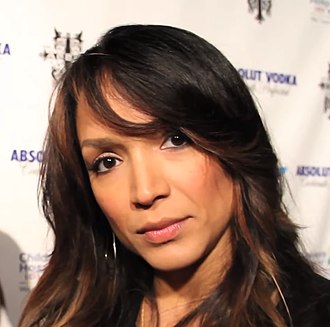
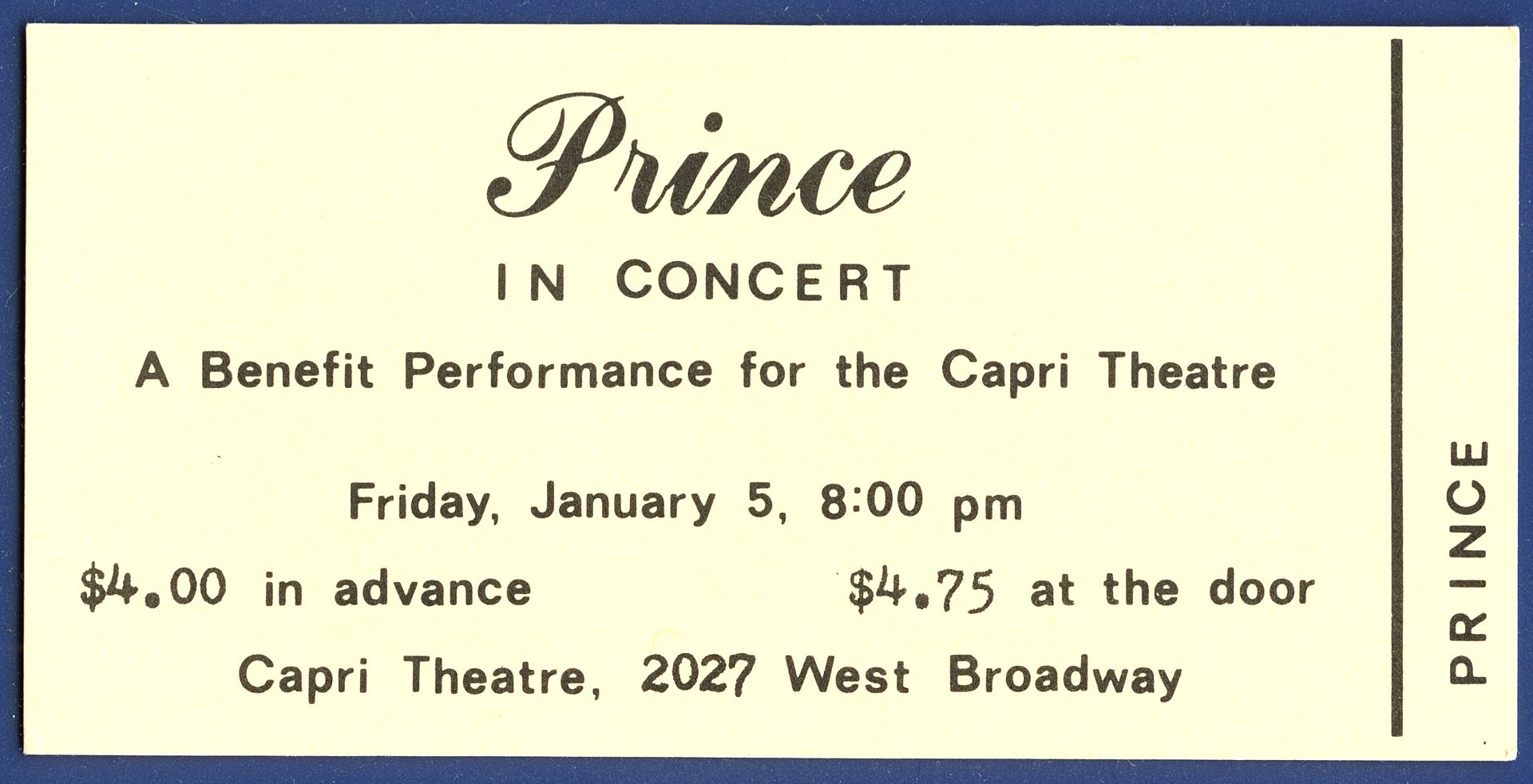
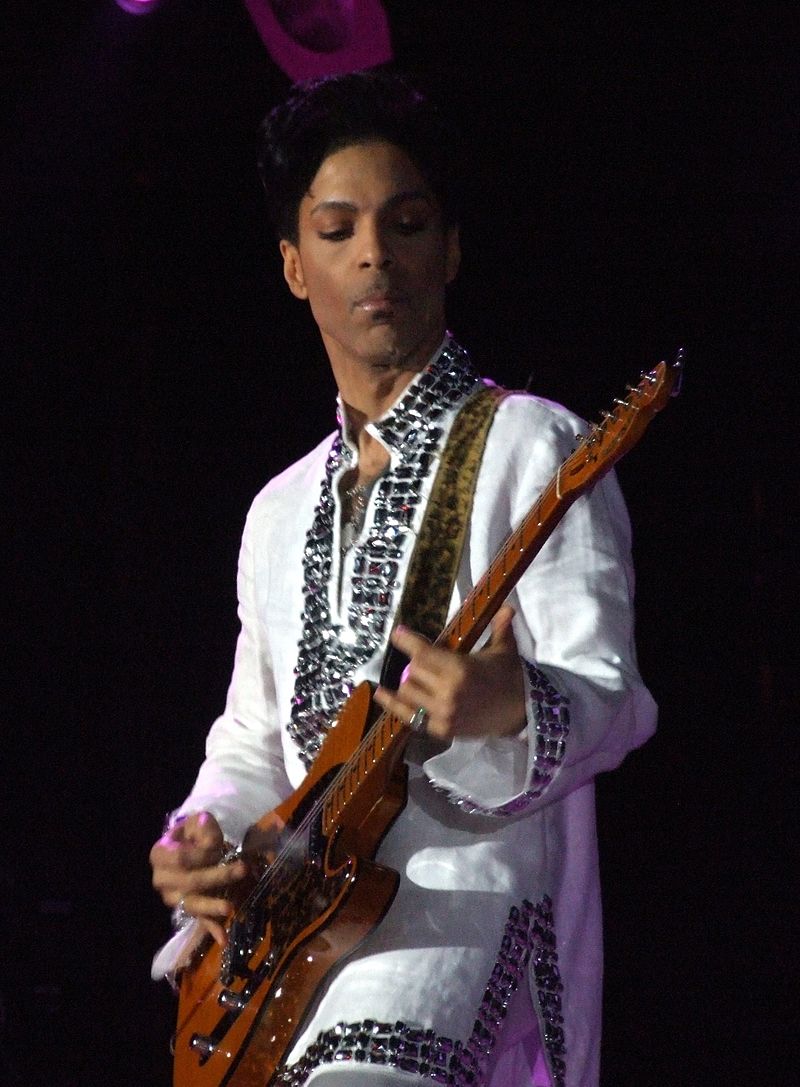
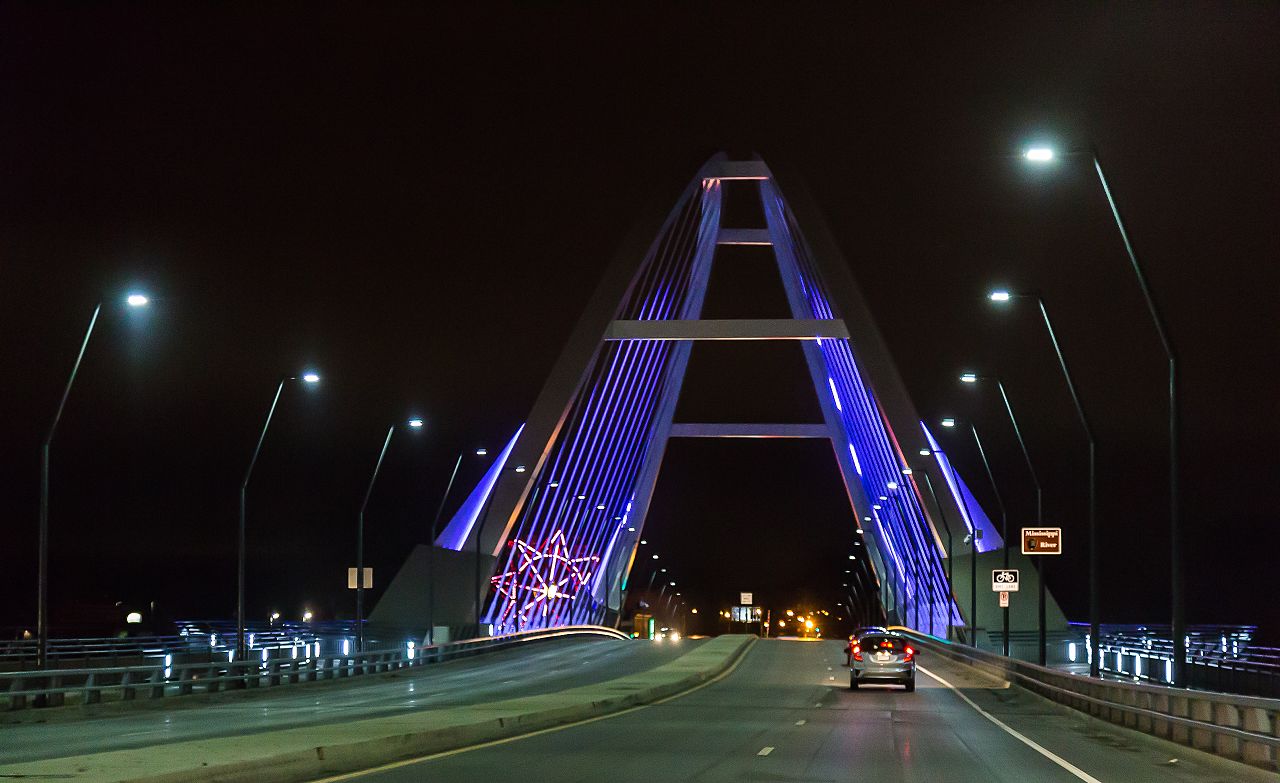

Comments
Links